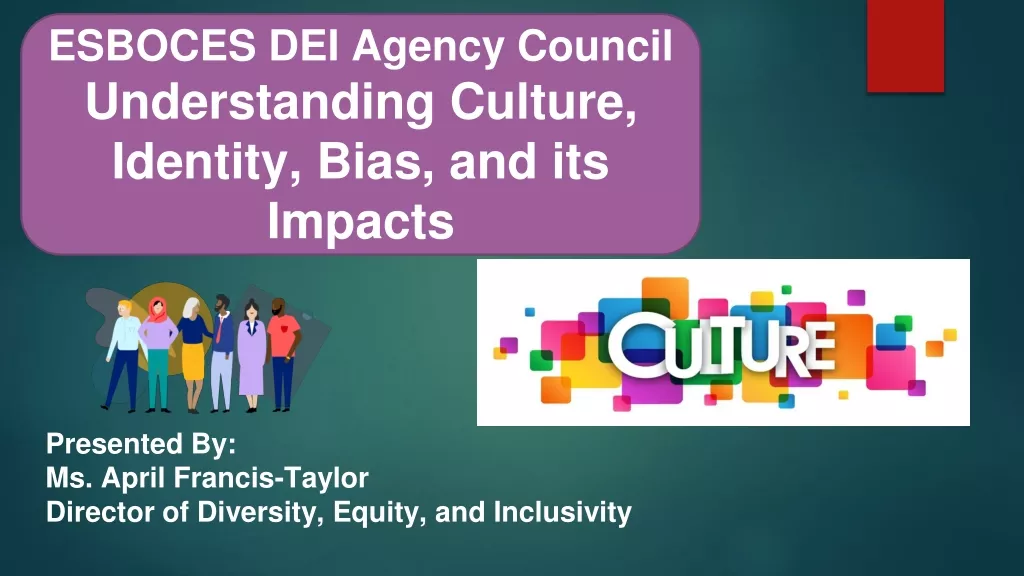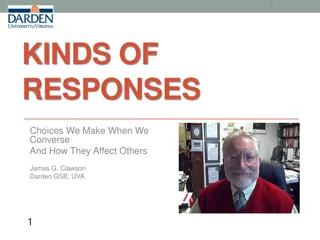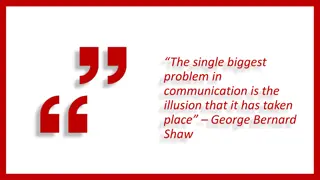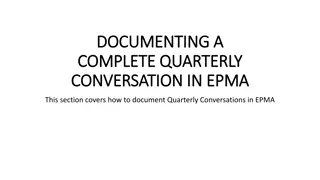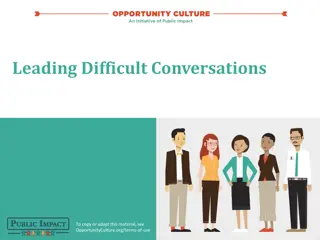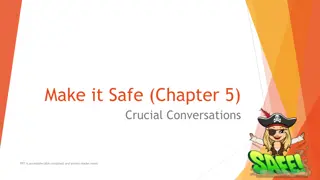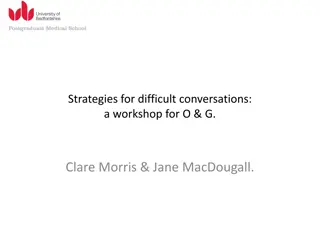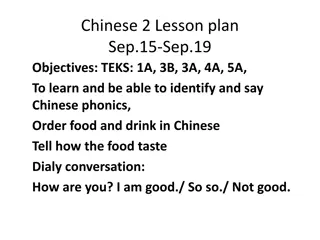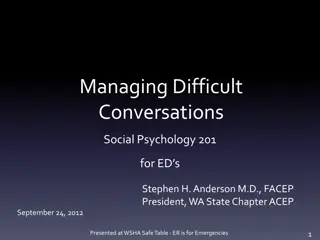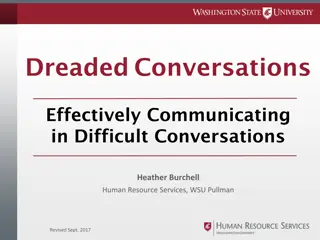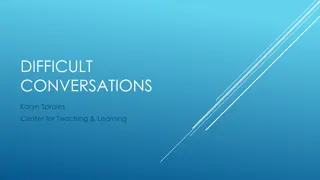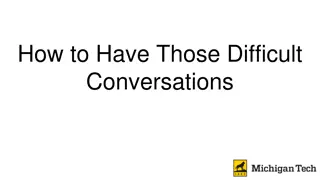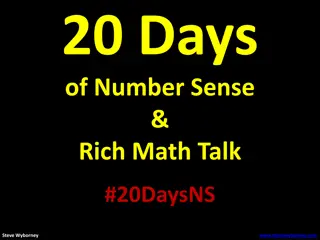Navigating Difficult Conversations in the Workplace
The "Successful Workplace Communications Series: Navigating Difficult Conversations" explores the psychology behind tough discussions, provides examples from various experiences, and offers specific communication techniques to facilitate these dialogues effectively. Topics covered include the fight-or-flight response, strategies for handling challenging situations, and real-life workplace scenarios illustrating the need for effective communication skills. Learn how to focus on common goals, return to central points, apply the "Feel, Felt, Found" technique, and incorporate additional strategies for successful interactions.
Download Presentation

Please find below an Image/Link to download the presentation.
The content on the website is provided AS IS for your information and personal use only. It may not be sold, licensed, or shared on other websites without obtaining consent from the author.If you encounter any issues during the download, it is possible that the publisher has removed the file from their server.
You are allowed to download the files provided on this website for personal or commercial use, subject to the condition that they are used lawfully. All files are the property of their respective owners.
The content on the website is provided AS IS for your information and personal use only. It may not be sold, licensed, or shared on other websites without obtaining consent from the author.
E N D
Presentation Transcript
SUCCESSFUL WORKPLACE COMMUNICATIONS SERIES: NAVIGATING DIFFICULT CONVERSATIONS BEN MEAD-HARVEY Balloons clouds word clouds image by geralt Zoom s live transcript is available on the Show Captions menu.
Agenda Psychology of Difficult Conversations Examples Synthesized from Your Experiences Specific Communication Techniques: Focus on Common Goal Return to Central Point Feel, Felt, Found Practicing Techniques Additional Strategies Summary
Psychology of Difficult Conversations Defining Fight-or-Flight
Psychology of Difficult Conversations Defining Fight or Flight: The flight or fight response is an automatic physiological reaction to an event that is perceived as stressful or frightening. During this response, the amygdala activates, releasing stress hormones and increasing heart rate and blood pressure. Muscles tense and sweating is typical.
Examples of Difficult Conversations We were featuring materials related to the transgender and non-binary experience. We received multiple anonymous comments that it was "unnecessary" to highlight these materials, and it became something of a conversation throughout the campus. A high-level administrator asked us to quietly remove the materials from our featured space. Many people on staff were unhappy about how the whole thing was handled. I had a coworker who made unwelcome romantic advances multiple times. The most difficult conversation related to that issue was with my boss. My boss was nice about it, but deflected the coworker s actions and didn t offer any way to help resolve the situation. I had a coworker who could not pull their weight. They would ask for help with things constantly, sometimes managing to unload entire projects onto their peers. Even when they didn't manage to do that, they would suck up others' time with question after question about how to do work they should have known how to do. Management was ineffective. I had a coworker who was a bully and a gossip. They would make disparaging remarks about anyone who was not in the room, then deny or spin it if someone tried to call them out. It went on for years. Management said they were working on it, but I never saw any change.
Specific Communication Techniques 1. Focus on Common Goal 2. Return to Central Point 3. Feel, Felt, Found
Focus on Common Goal Overview Solves: tendency for difficult conversations to become combative Changes perspective from winning the conversation to one of collaboration Improves effectiveness in current conversation. Also improves long-term effectiveness in decision-making Example: Boss suggests process change you believe to be ineffective Strategies 1. Open conversation with reference to a common goal 2. During conversation, monitor. Pause to restate common goal when necessary 3. Connect your desired outcome to the common goal (often at close of convo)
Return To Central Point Overview Solves: difficult conversations gathering overwhelming number of tangents and sub-issues Simplifies conversation and allows you to have focus Ensures that you are making the point you want to make. Promotes productive conversation Example: Giving employee feedback they don t want to hear Strategies 1. Have a central point! 2. Restate your central point early and often 3. Choose when (and when not) to engage a point the other party makes
Feel, Felt, Found Overview Solves: lack of empathy in difficult conversations Encourages you to truly consider their point of view (esp. emotionally) Helps sell them on the outcome you want to see Example: Patron angry that account is blocked & they can't check out items (or graduate) Steps. Use phrasing that communicates: 1. Feel: You understand where they are coming from 2. Felt: You have been in a similar situation emotionally/intellectually 3. Found: You have a perspective on the best path forward
Practicing These Techniques https://docs.google.com/document/d/1N6w9TsCrUnTt2QnoT5mer3Tauc2V6fBgMNtF- NtDX20/edit?usp=sharing
Strategies Beyond the Main Conversation Prepare in advance Build/maintain everyday relationship with the other person Practice the 3 main strategies in lower-stakes conversations
Summary Everyone has to deal with difficult conversations at work. Use these techniques to make those conversations go more smoothly and arrive at a meaningful resolution: Focus on a common goal to keep things collaborative Stay on message with a central point to avoid being mentally overwhelmed Be more empathetic by employing a Feel, Felt, Found structure to some responses Outside the conversation: prepare your thoughts in advance, make an effort to have easy conversations sometimes, and get more comfortable with these techniques by practicing them.
Thank You! My information: Blog about effective management: www.better-boss.com Email: bharvey2@illinois.edu or BMHconsults@gmail.com I will stay for questions after we officially wrap the session


